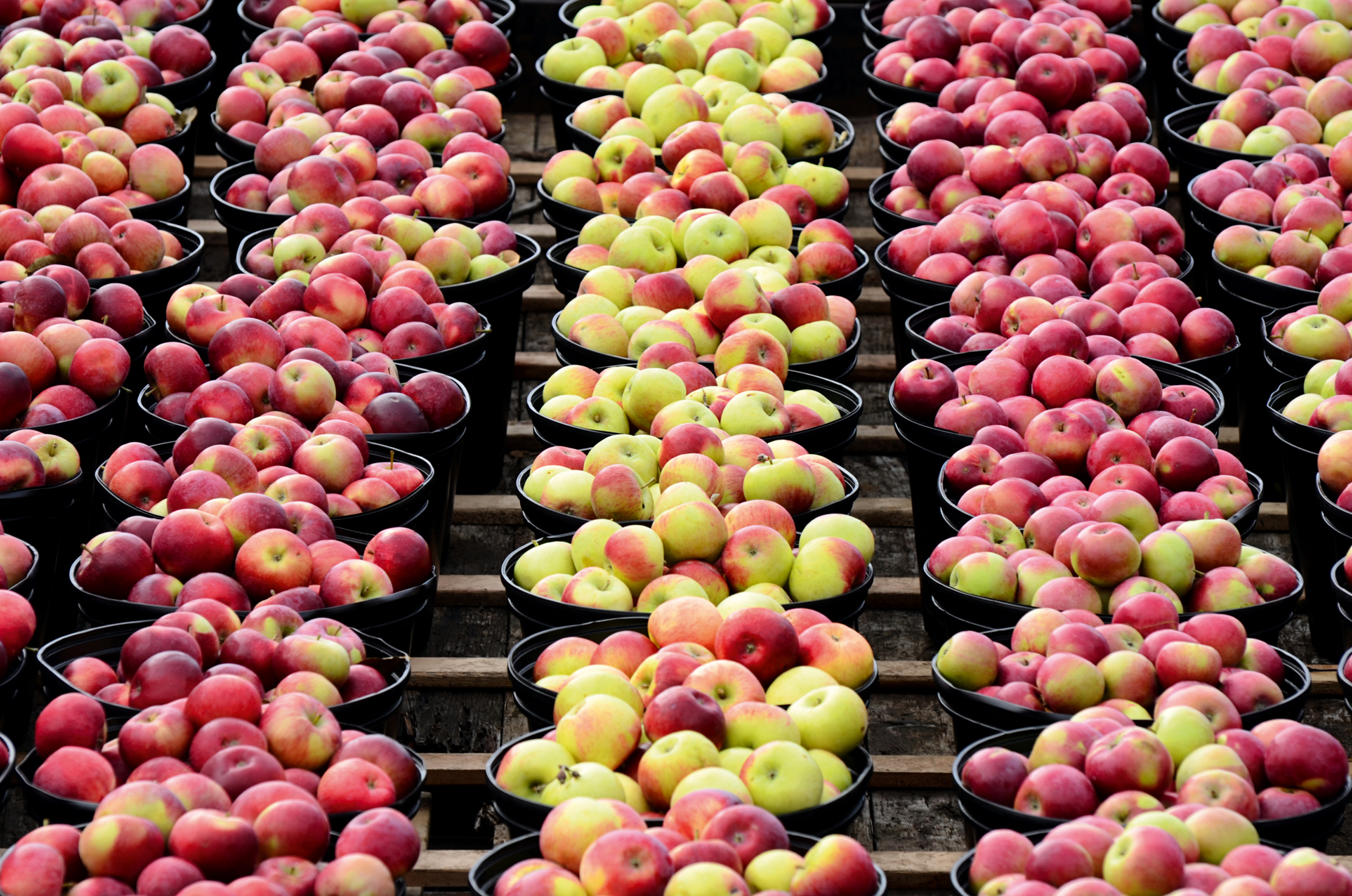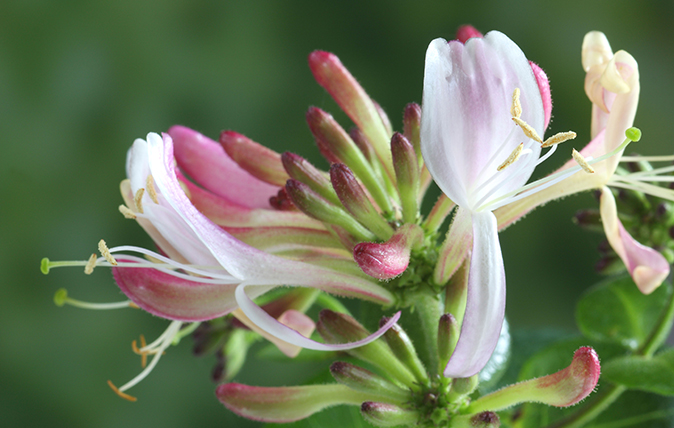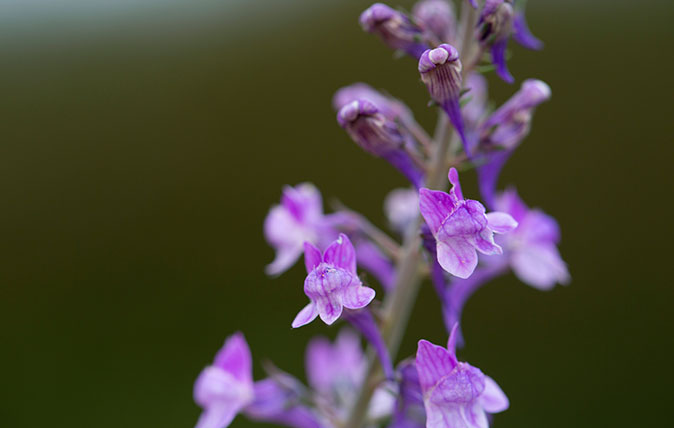How to choose and appreciate your apples with the same care you'd use for a decent bottle of wine
Charles Quest-Ritson loves apples — but laments the fact that we simply don't have the same vocabulary to describe the fruit as we do for wine.

‘Buy against an apple, sell against a cheese.’ That’s the maxim I learned from a friend in the wine trade. All wines taste delicious after a mouthful of cheese, but apples clear the palate and make possible the observations of a professional vintner.
Do not mock the experts who describe a wine as chewy, herbaceous or fleshy. These are technical terms with a clear, exact meaning. They are used by everyone in the wine business. You may think them amusing, but they are not pretentious. A fruity wine is not the same as a plummy one. The odd thing is that we have no vocabulary of taste to describe the apples themselves.
Think of those Apple Days in October when experts seek to identify the nameless varieties that people inherit with a garden of old fruit trees. Watching these virtuosi is fascinating. They feel the skin — is it greasy or dry? — and they look at details that are constant, such as the length of the stalk and the shape of the base. The shape of the apple itself is highly indicative: is it flat, round or conical? The language is well developed and every adjective has a precise meaning that will be understood by other experts, as well as botanists. But what about the taste?
'Start by smelling the skin. What does it remind you of? Banana, mint, roses, quinces or carnations, perhaps'
It’s when the connoisseurs cut open an apple that problems arise. They may comment on the thickness of its skin and the density of the flesh. They will notice how hard or soft it is, and how juicy or dry. But that’s as far as they can go, because we simply do not have a common vocabulary such as that shared by wine-lovers.
Nurserymen don’t help. One of the best stockists, from whom I have bought many fruit trees over the years, is Keepers Nursery near Maidstone in Kent, but its online catalogue descriptions are light on detail: James Grieve is ‘a good heavy cropping early-season, dual-purpose apple from Scotland’. (Mind you, it was introduced in the 1890s). And Spartan is ‘a popular dark red dessert apple. Heavy cropper and easy to grow.’ Yes, but what do they actually taste of?
It’s not easy. Some apples do not flourish in our mild, wet climate. By far the most popular variety in Denmark is Filippa, but it needs a hotter summer than we can offer. The same is true of Åkerö, one of Sweden’s best varieties. There’s also the problem that, unlike slow-maturing wine, the taste of an apple changes and develops quickly. Early apples have a freshness that is absent from late-season cultivars, but there is no word for that quality of young, green cleanness. Late developers, such as Egremont Russet and Blenheim Orange, are best when they have begun to dry out and you can wrinkle the skin with your hand.
Pick a young Ashmead’s Kernel in September and you will be horrified by its sharpness and lack of taste — it’s puckeringly dry and tough, too — but, by Christmas, it will have developed a delicious, balancing sweetness and its true flavour will have emerged as rich and intensely aromatic.
Sign up for the Country Life Newsletter
Exquisite houses, the beauty of Nature, and how to get the most from your life, straight to your inbox.
Apples, therefore, must be described at their best — what they are capable of being and becoming — with a note that some do not always give of their best in an English climate. After the very hot summer of 2018, all our apples tasted markedly sweeter than usual. Their flavour was often more complex and stronger, too.
'But now for the final test: I challenge you to describe the taste of a popular apple such as Golden Delicious'
So what is the answer? Start by smelling the skin. What does it remind you of? Banana, mint, roses, quinces or carnations, perhaps. What’s the texture of the fruit? It might dense or soft, granular or crunchy, juicy or dry. How do you rate the general acidity on a scale of one to 10? Mark not only the acidity, but the sweetness and bitterness, too. Do these essential qualities combine harmoniously? Consider whether it might be described, in general terms, as savoury, winey or nutty. How strong is its flavour and how long does it last in the mouth?
Those flavours are often quite different from those suggested by smelling the skin. The taste may remind you of another fruit: Ananas Reinette and William Crump have a strong (and delicious) suggestion of pineapple. An aroma of honey is typical of Sunrise and Golden Delicious.
Others have a hint of strawberries, lemon, pears, melon — and a scent of violets, musk, pear drops, aniseed or cucumber. Different criteria apply to cider apples and to that English peculiarity, the cooking apple.
But now for the final test: I challenge you to describe the taste of a popular apple such as Golden Delicious. Use whatever words you need to ensure that your description is accurate and comprehensive. Be sure to distinguish it from the hundreds of similar varieties — in the case of Golden Delicious, articulate how it differs from varieties that have been bred from it, Gala, Crispin and Pink Lady, for example.
I bet you can’t do it. That’s why we need to develop a vocabulary of taste.

The best honeysuckle to grow in your garden – especially if they’re gifts from now-departed friends
Charles Quest-Ritson extols the virtues of delightful honeysuckle.

Credit: Alamy
The daftest plant name in English, and how it belongs to a wonderful flower just starting to show its potential
There are a lot of silly names for flowers our there – and Charles Quest-Ritson has a chilling warning for those

Credit: Alamy
A moorland splashed with heather makes our hearts leap — so why don't we grow it any more?
Charles Quest-Ritson looks at how heather has gone out of fashion — and wonders what we can do about it.

Brace yourself for the new invasive pests, from to oak-munching caterpillars to Asiatic hornets
Charles Quest-Ritson takes aim at the foreign invaders who seem set to ravage our gardens.
Charles Quest-Ritson is a historian and writer about plants and gardens. His books include The English Garden: A Social History; Gardens of Europe; and Ninfa: The Most Romantic Garden in the World. He is a great enthusiast for roses — he wrote the RHS Encyclopedia of Roses jointly with his wife Brigid and spent five years writing his definitive Climbing Roses of the World (descriptions of 1,6oo varieties!). Food is another passion: he was the first Englishman to qualify as an olive oil taster in accordance with EU norms. He has lectured in five languages and in all six continents except Antarctica, where he missed his chance when his son-on-law was Governor of the Falkland Islands.

